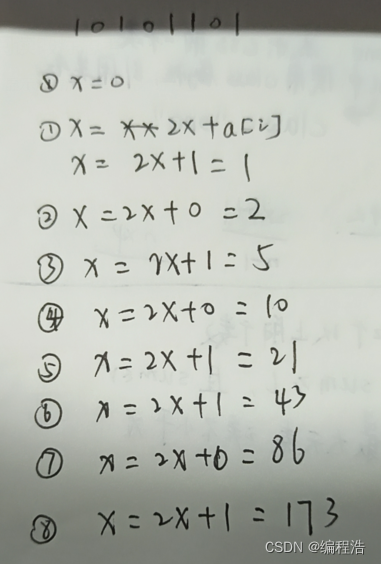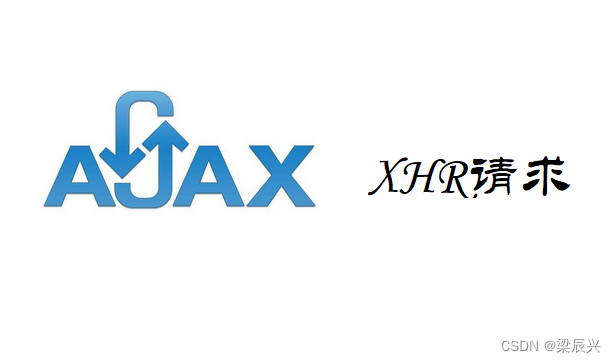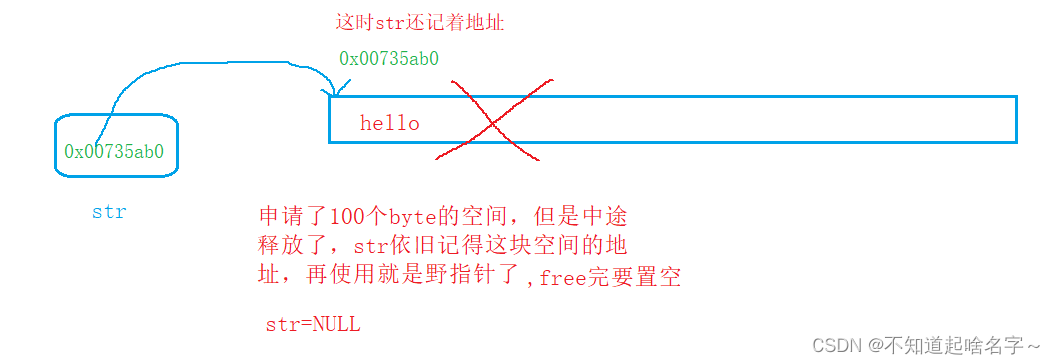Java文件操作—I/O流
流(stream)的概念源于UNIX中管道(pipe)的概念。在UNIX中,管道是一条不间断的字节流,用来实现程序或进程间的通信,或读写外围设备、外部文件等。一个流,必有源端和目的端,它们可以是计算机内存的某些区域,也可以是磁盘文件,甚至可以是Internet上的某个URL。实际上,流的源端和目的端可简单地看成是字节的生产者和消费者,对输入流,可不必关心它的源端是什么,只要简单地从流中读数据,而对输出流,也可不知道它的目的端,只是简单地往流中写数据。
流是一组有顺序的,有起点和终点的字节集合,是对数据传输的总称或抽象。即数据在两设备间的传输称为流,流的本质是数据传输,根据数据传输特性将流抽象为各种类,方便更直观的进行数据操作。
Java中的I/O是一个庞大的体系,大致可以分为三个部分:
- File类:Java中用于操作系统文件或文件夹的类
- I/O类(方向):主要包含Input(从硬盘读取数据到程序)和Output(将程序内容写入到硬盘)
- I/O类(数据类型):主要包含字节流(以字节[8 bit]为单位做数据的传输)和字符流以字符为单位[1字符 = 2字节]做数据的传输

一、File文件类
File类在java.io包下,用于表示文件或目录的信息(名称、大小等),不能用于文件内容的访问。
File类的常用方法

public static void main(String[] args) {
File file=new File("/Users/aries/Desktop/1.rtf");
System.out.println(file.isFile());//判断是否是一个文件
System.out.println(file.exists());//判断文件是否存在
System.out.println(file.getName());//获取文件名
System.out.println(file.getPath());//获取文件路径
System.out.println(file.getAbsolutePath());//获取文件路径
System.out.println(file.length());//获取文件长度
}

注意:File类实例化对象时必须指定文件路径,对于不同的操作系统,文件路径中的分隔符不同,例如Windows系统分隔符为反斜杠“\”,Linux系统则为正斜杠“/”。
二、常用流
- 文件字节输入流:FileInputStream
FileInputStream流被称为文件字节输入流,意思指对文件数据以字节的形式进行读取操作如读取图片视频等
public static void main(String[] args) {
File file=new File("/Users/aries/Desktop/1.txt");
FileInputStream fis=null;
try {
fis = new FileInputStream(file);
} catch (FileNotFoundException e) {
// TODO Auto-generated catch block
e.printStackTrace();
}
int l=0;
StringBuffer str=new StringBuffer();
while(l!=-1) {
try {
l=fis.read();
} catch (IOException e) {
// TODO Auto-generated catch block
e.printStackTrace();
}
char c=(char)l;
str.append(c);
}
System.out.println(str.toString());
try {
fis.close();
} catch (IOException e) {
// TODO Auto-generated catch block
e.printStackTrace();
}
}
- 文件字节输出流:FileOutputStream FileOutputStream流是指文件字节输出流,专用于输出原始字节流如图像数据等
public static void main(String[] args) {
File file=new File("/Users/aries/Desktop/1.txt");
String content="Hello World";
FileOutputStream fos=null;
try {
fos = new FileOutputStream(file, false);
} catch (FileNotFoundException e) {
// TODO Auto-generated catch block
e.printStackTrace();
}
try {
fos.write(content.getBytes());
} catch (IOException e) {
// TODO Auto-generated catch block
e.printStackTrace();
}
try {
fos.close();
} catch (IOException e) {
// TODO Auto-generated catch block
e.printStackTrace();
}
}
- 文件字符输入流:FileReader 程序以字符为单位从磁盘文件读取数据
public static void main(String[] args) {
File file=new File("/Users/aries/Desktop/1.txt");
FileReader fr=null;
try {
fr = new FileReader(file);
} catch (FileNotFoundException e) {
// TODO Auto-generated catch block
e.printStackTrace();
}
int c = 0;
try {
while((c = fr.read()) != -1){
System.out.print((char)c);
}
} catch (IOException e) {
// TODO Auto-generated catch block
e.printStackTrace();
}
try {
fr.close();
} catch (IOException e) {
// TODO Auto-generated catch block
e.printStackTrace();
}
}
- 文件字符输出流:FileWriter 程序以字符为单位,向磁盘文件写入数据
public static void main(String[] args) {
File file=new File("/Users/aries/Desktop/1.txt");
FileWriter fw = null;
try {
fw = new FileWriter(file,true);
} catch (IOException e) {
// TODO Auto-generated catch block
e.printStackTrace();
}
String str = "HelloWorld我的Java世界";
try {
fw.write(str);
} catch (IOException e) {
// TODO Auto-generated catch block
e.printStackTrace();
}
try {
fw.close();
} catch (IOException e) {
// TODO Auto-generated catch block
e.printStackTrace();
}
}
- 缓冲字节输入流:BufferedInputStream 缓冲字节输入流对读取数据提供了缓冲的功能,提⾼了读取的效率
public static void main(String[] args) {
File file=new File("/Users/aries/Desktop/1.txt");
FileInputStream in=null;
try {
in = new FileInputStream(file);
} catch (FileNotFoundException e) {
// TODO Auto-generated catch block
e.printStackTrace();
}
BufferedInputStream bis = new BufferedInputStream(in, 1024);
int b=0;
try {
while((b = bis.read()) != -1){
System.out.print((char)b);
}
} catch (IOException e) {
// TODO Auto-generated catch block
e.printStackTrace();
}
try {
bis.close();
} catch (IOException e) {
// TODO Auto-generated catch block
e.printStackTrace();
}
try {
in.close();
} catch (IOException e) {
// TODO Auto-generated catch block
e.printStackTrace();
}
}
- 缓冲字节输出流:BufferedOutputStream 缓冲字节输出流对写入数据提供了缓冲的功能,提⾼了写入的效率
public static void main(String[] args) {
File file=new File("/Users/aries/Desktop/1.txt");
FileOutputStream out=null;
try {
out = new FileOutputStream(file,false);
} catch (FileNotFoundException e) {
// TODO Auto-generated catch block
e.printStackTrace();
}
BufferedOutputStream bos = new BufferedOutputStream(out, 1024);
try {
bos.write("helloMyJava".getBytes());
} catch (IOException e) {
// TODO Auto-generated catch block
e.printStackTrace();
}
try {
bos.close();
} catch (IOException e) {
// TODO Auto-generated catch block
e.printStackTrace();
}
try {
out.close();
} catch (IOException e) {
// TODO Auto-generated catch block
e.printStackTrace();
}
}
缓冲字符输入流:BufferedReader
缓冲字符输入流对读取数据提供了缓冲的功能,提⾼了读取的效率
public static void main(String[] args) {
File file=new File("/Users/aries/Desktop/1.txt");
FileReader fr=null;
try {
fr = new FileReader(file);
} catch (FileNotFoundException e) {
// TODO Auto-generated catch block
e.printStackTrace();
}
BufferedReader br = new BufferedReader(fr, 1024);
String str;
try {
while((str = br.readLine()) != null){
System.out.println(str);
}
} catch (IOException e) {
// TODO Auto-generated catch block
e.printStackTrace();
}
try {
br.close();
} catch (IOException e) {
// TODO Auto-generated catch block
e.printStackTrace();
}
try {
fr.close();
} catch (IOException e) {
// TODO Auto-generated catch block
e.printStackTrace();
}
}
- 缓冲字符输出流:BufferedWriter 缓冲字符输出流对读取数据提供了缓冲的功能,提⾼了读取的效率
public static void main(String[] args) {
File file=new File("/Users/aries/Desktop/1.txt");
FileWriter fw=null;
try {
fw = new FileWriter(file);
} catch (IOException e) {
// TODO Auto-generated catch block
e.printStackTrace();
}
BufferedWriter br = new BufferedWriter(fw);
try {
br.write("来呀,你打我撒");
br.newLine();
br.write("来呀,你打我撒");
} catch (IOException e) {
// TODO Auto-generated catch block
e.printStackTrace();
}
try {
br.close();
} catch (IOException e) {
// TODO Auto-generated catch block
e.printStackTrace();
}
try {
fw.close();
} catch (IOException e) {
// TODO Auto-generated catch block
e.printStackTrace();
}
}
- 字节流转换字符流:InputStreamReader
- 字节流转换成字符流的桥梁,可以显式地指定字符集,否则调用默认字符集
- 字符流转换字节流:OutputSreamWriter
- 字符流转换成字节流的桥梁,可以显式地指定字符集,否则调用默认字符集
- 字节数组输入流:ByteArrayInputStream
- 包含一个内部缓冲区该缓冲区包含从流中读取的字节。内部计数器跟踪read方法要提供的下一个字节。关闭ByteArrayInputStream无效。此类中的方法在关闭此流后仍可被调用,而不会产生任何IOException
- 字节数组输出流:ByteArrayOutputStream
- 实现了一个输出流,其中的数据被写入一个byte数组。缓冲区会随着数据的不断写入而自动增长。可使用toByteArray()和toString()获取数据。关闭ByteArrayOutputStream无效。此类中的方法在关闭此流后仍可被调用,而不会产生任何IOException
- 数据输入流:DataInputStream
- 类允许应用程序以独立于机器的方式从输入流中读取原始数据
- 数据输出流:DataOutputStream
- 类允许应用程序以与机器无关的方式将原始Java数据类型写入输出流
- 对象输入流:ObjectInputStream完成对象的序列化
- 对象输出流:ObjectOutputStream完成对象的反序列化
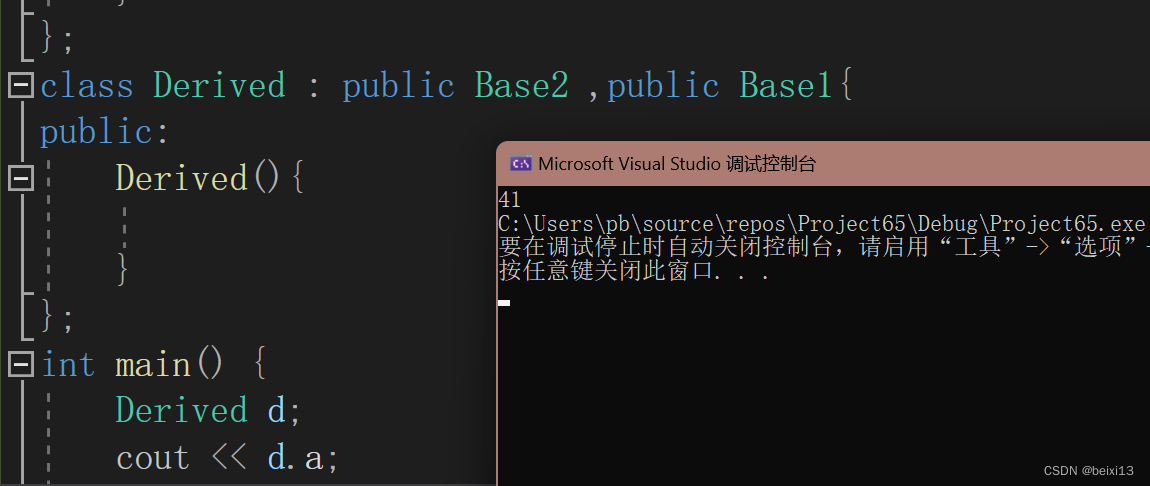
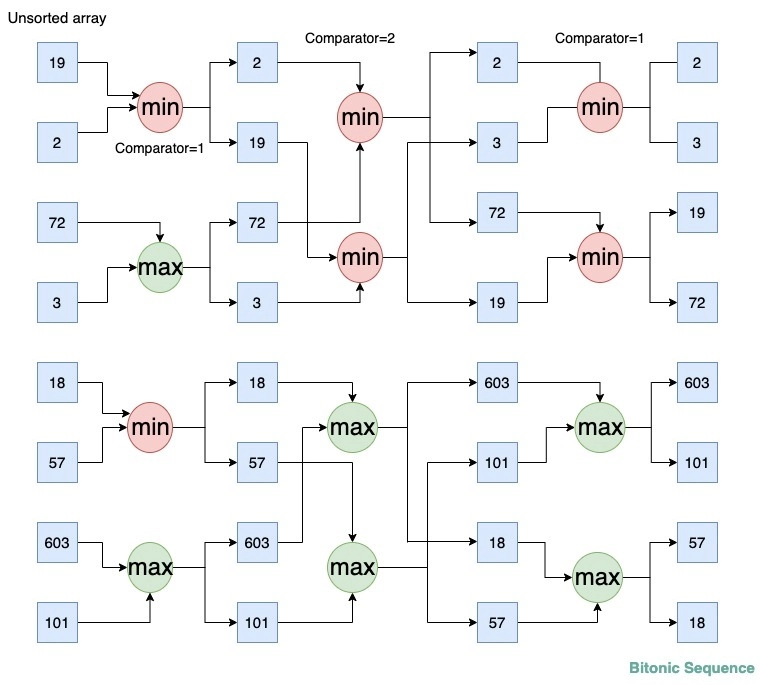
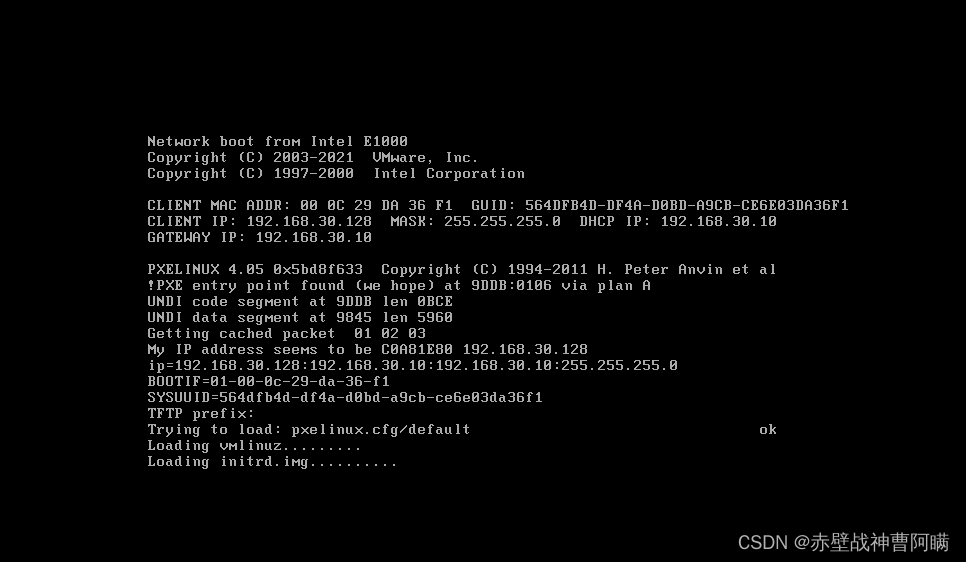

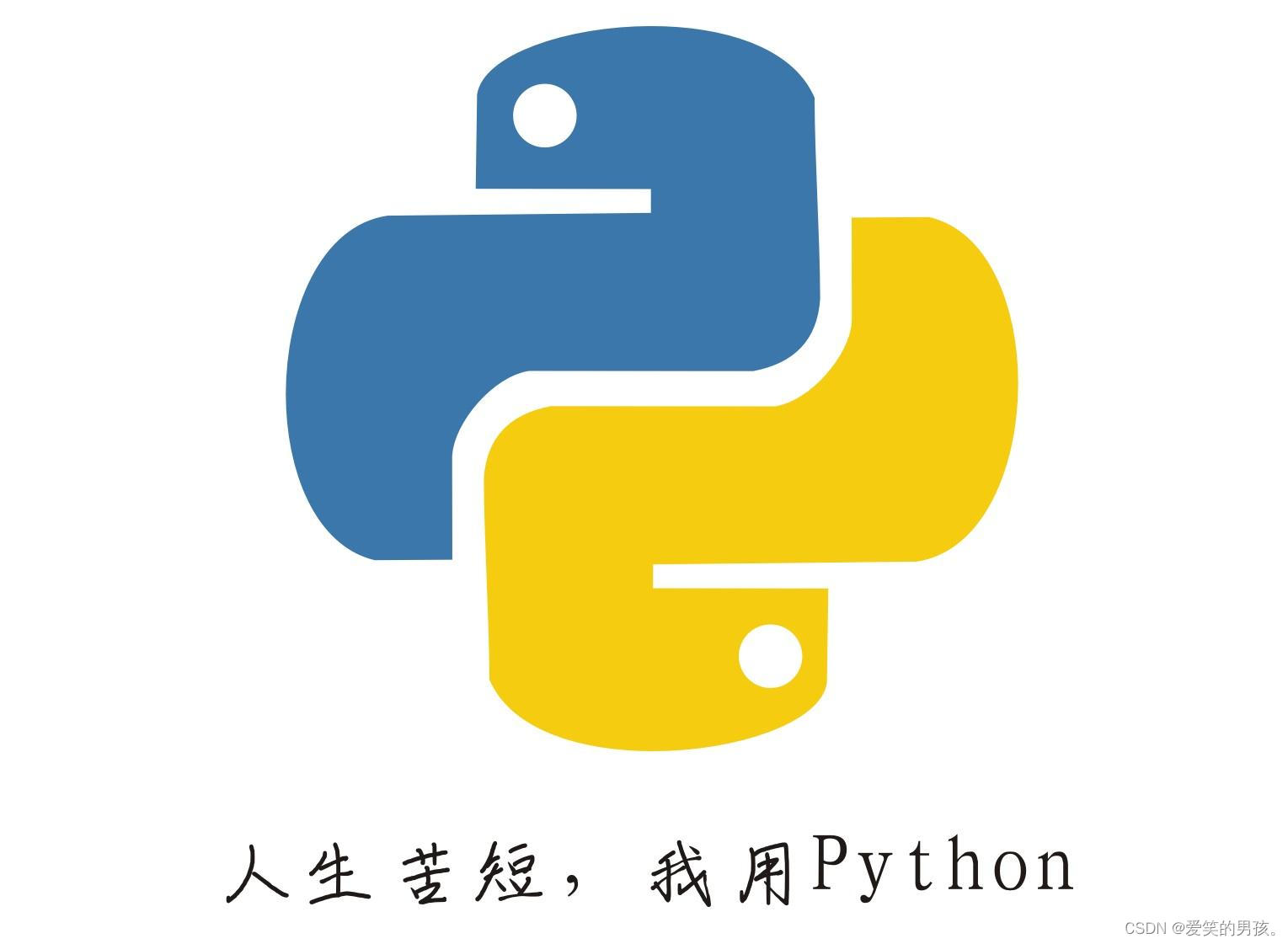

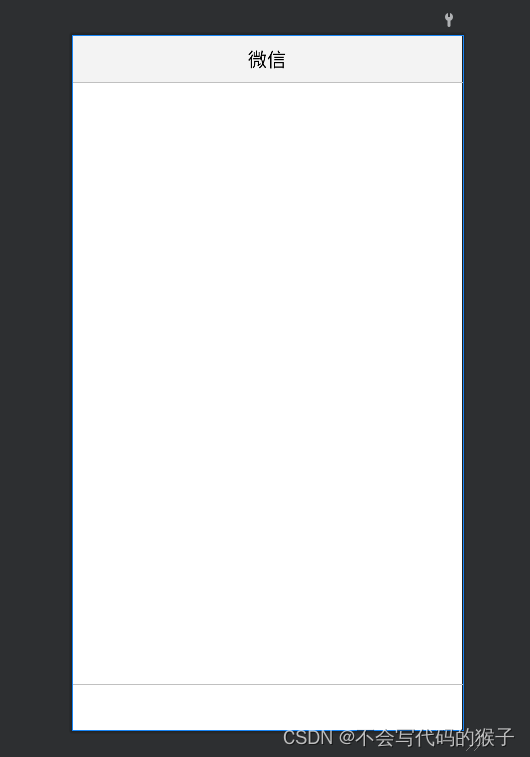




![P1033 [NOIP2002 提高组] 自由落体](https://img-blog.csdnimg.cn/img_convert/cde10e8f336b6c2ad46bbf2144470e2a.png)
